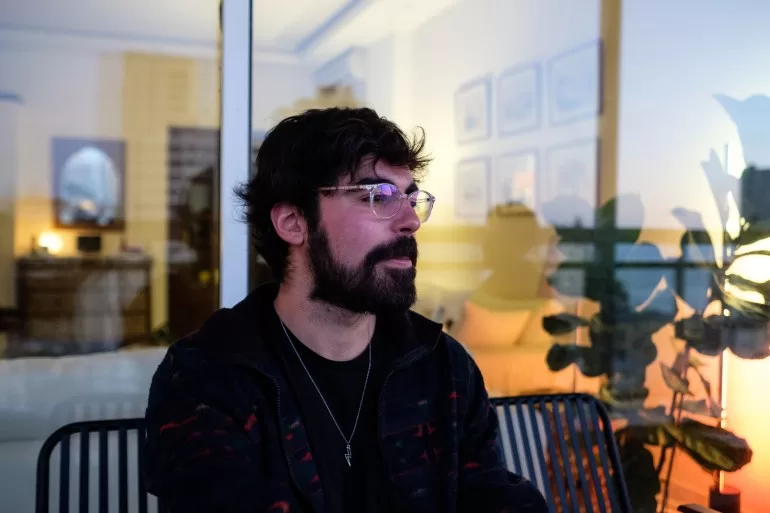They kept their offices there until 1998. When they moved out, they didn’t dream that years later, in 2010, they would buy their family home, a beautiful three-bedroom apartment, in Block B.
The family had lived in Hamra in a 1950s apartment but had to start looking for another place when their building was set to be demolished, ending up in the Yacoubian.
Their 29-year-old son Chafic is very attached to the home.
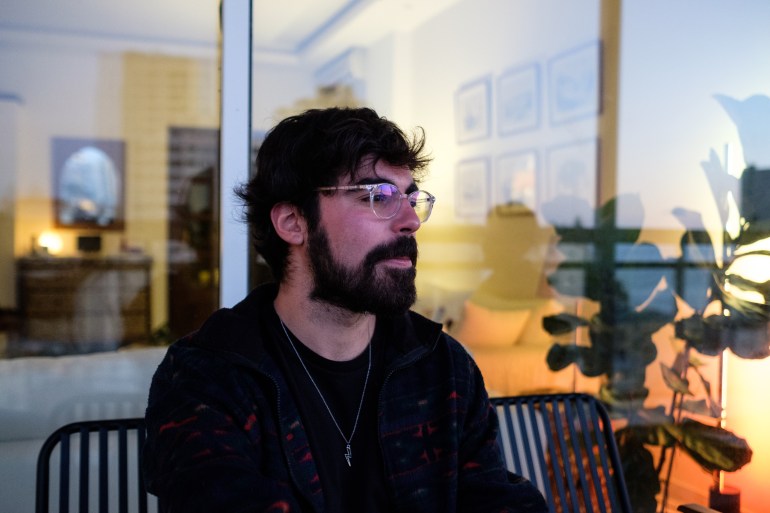
“There’s something special about this place. It’s not just the view or the location. Something more than my eyes can see. There’s a lot of history – I’m not sure how many people have lived in my family’s home, for example.”
Chafic used to work at his family business, cloud hosting and development. Initially had plans to move to Portugal with his parents but decided to stay in Lebanon and open a cafe, The Bake Atelier, instead.
He is still quite positive about living in Beirut compared to his peers and his attachment to the family home is unwavering, despite frustrations.
“I can’t tell you how many times I’ve seen car windshields broken from things landing on them [from windows]. I’ve also seen everything from cigarette butts to dirty diapers.”
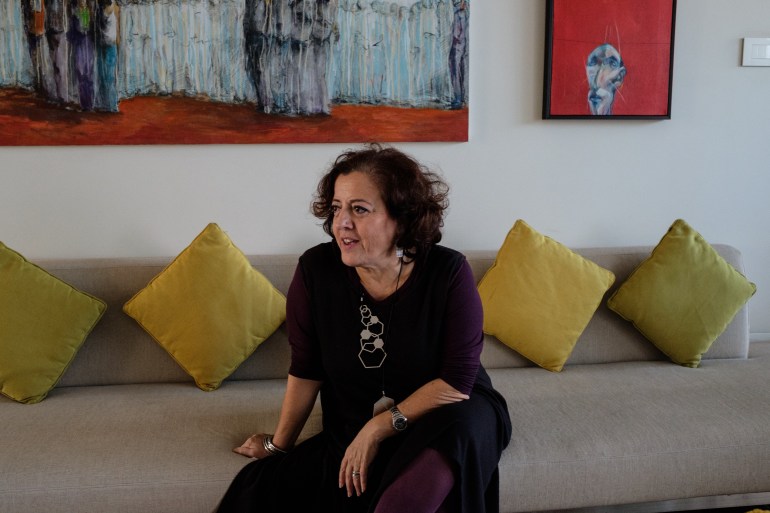
He started parking on the street only to get his gas siphoned off. “Always when I have a full tank,” he jokes.
But he values the investment his parents put into the apartment, nearly all the money they had at the time, and his favourite parts of the building: “The tiles – I love the fifth floor’s black tile,” he exclaims.
The tiles in the open corridors of the Yacoubian are a different colour on each floor – a visual way to tell residents and visitors which floor they are on. It comes in handy with elevator outages when tenants have to climb one floor after another.
Sometimes, it is possible to hear music as someone makes their way up the stairs, and residents usually know then that Nahida Khalil is on her way to her 10th-floor apartment.
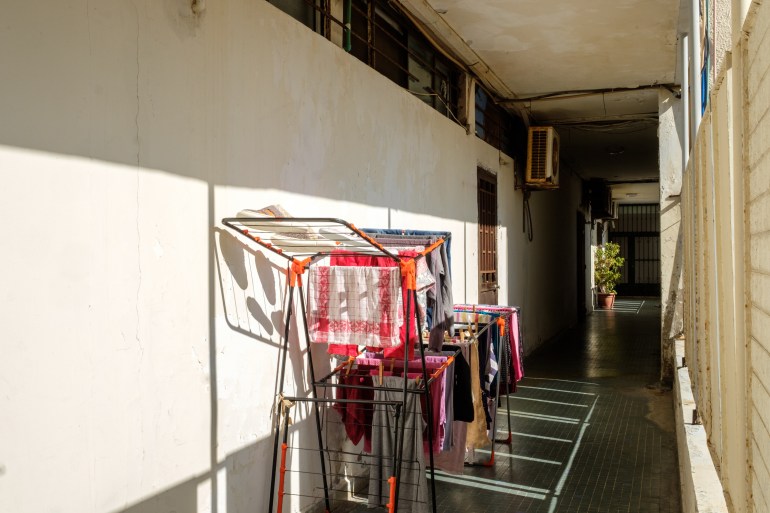
She is especially partial to songs by the Egyptian singer Layla Mourad.
The landscape architect and activist, who took on politics later on in her career, is OK with the climb, focusing more on the beauty of the stairs and the light in the building she has lived in since she and her husband bought an apartment there in April 2008.
“Hello Nahida,” neighbours will say to her as they open their doors when they hear her music.
“We have great neighbours. Families, artists, poets, teachers. A lot of diversity. That’s what we want in politics – social inclusion, integration.”
Each floor of the Yacoubian has six apartments; a four-bedroom, a three-bedroom, two two-bedrooms, and two one-bedrooms. This means a mix of families can live there, small or large middle-class families, single people, and foreigners living in Lebanon.
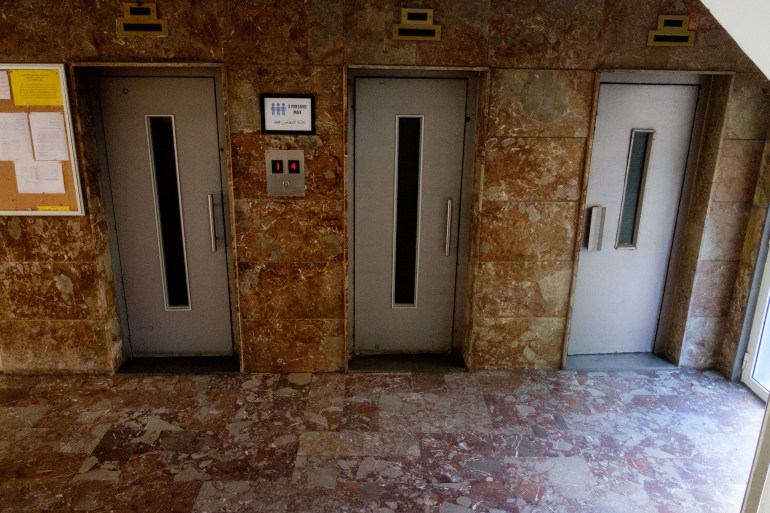
Nahida wants the building to be protected by having it recognised as a “modern heritage building”.
Changes, such as to the corridor tiles – which has already happened on some floors – would be prohibited because the mosaics are there for more than aesthetic reasons.
“If one tile breaks, you replace it with another small tile. It doesn’t require the work and the waste that it does in larger tiles in newer buildings,” Nahida said.
Her passion for conservation started before the Yacoubian.
While working as a landscape architect, she found out that 85 percent of public spaces had already been lost and privatised, including Dalieh of Raouche, a landmark on the main coastal highway, and Ramlet el-Bayda, the last remaining public beach.
The Yacoubian, she said, is a microcosm of what she sees happening to Lebanon – loss of heritage.
